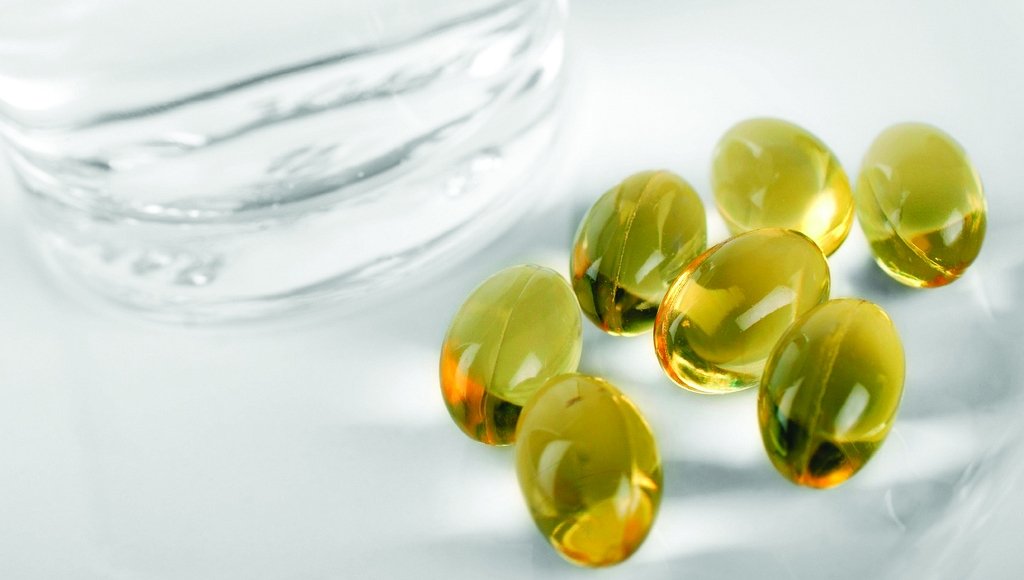Read more articles about omega-3 here
Omega-3 and vitamin D – what’s the difference?
Although some foods and supplements, such as fish and Möller’s cod liver oil (CLO), contain both omega-3 and vitamin D, they are also found separately in different animal and plant foods.
Omega-3 for your heart, brain and eyes
Studies show that the omega-3 fatty acids EPA and DHA are included in vital processes in the body, such as building blocks in the cardiovascular system, which means they have a positive effect on the human heart. Additionally, the DHA fatty acid is unique in being the most important omega-3 fatty acid for the brain and eyesight. Studies show that there is a connection between a mother’s intake of DHA during pregnancy and the normal development of the brain of her foetus. Studies also show that DHA plays a role in maintaining a functional brain throughout life.
Vitamin D
Vitamin D can also be found in foods such as oily fish and fish roe and in supplements such as Möller’s CLO. The most common forms of vitamin D are D2 and D3. Vitamin D3 is the preferred form since it is easier for the body to absorb, break down and use. While vitamin D2 can be found in foods such as mushroom, D3 can be found in animal food sources.
Vitamin D contributes to the development of a strong bone structure in children, and in maintaining a healthy immune system and normal bone structure throughout life.
Read more articles about vitamins and minerals here
Omega-3 and vitamin D – How much do you need?
The NHS has made clear recommendations regarding the daily intake of vitamin D. Babies up to the age of 1 year need 8.5 to 10 micrograms of vitamin D per day.
Children from the age of 1 year and adults need 10 micrograms of vitamin D per day. This includes pregnant and breastfeeding women, and people at risk of vitamin D deficiency.
From about late March/early April to the end of September, the majority of people should be able to get all the vitamin D they need from sunlight on their skin. However, as stated on the NHS website, “During the autumn and winter, you need to get vitamin D from your diet. But since it’s difficult to get enough vitamin D from food alone, everyone (including pregnant and breastfeeding women) should consider taking a daily supplement containing 10 micrograms of vitamin D during the autumn and winter.”
The NHS also recommends eating at least two meals of fatty fish per week. This corresponds to 300–450 grams of pure fish. Of this, 200 grams should be from oily fish such as salmon, trout, mackerel and herring, containing more of the omega-3 fatty acids. Salmon contains 2.4 grams of omega-3 fatty acids EPA and DHA per 100 grams. In order to benefit from the effects of EPA and DHA, you should be getting 250 mg of these fatty acids daily.

